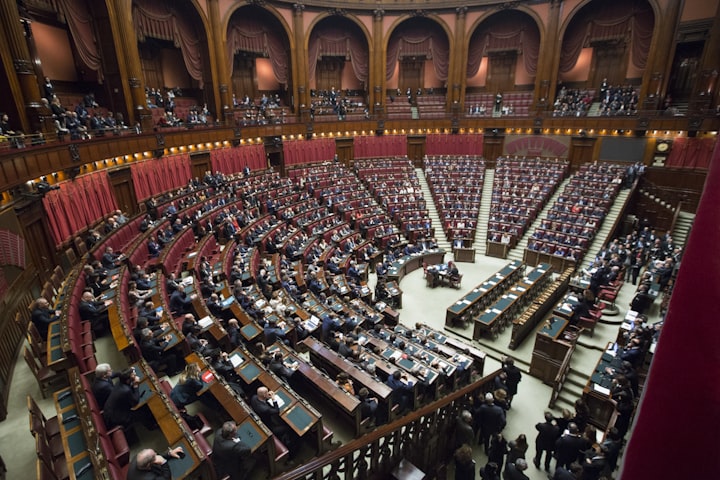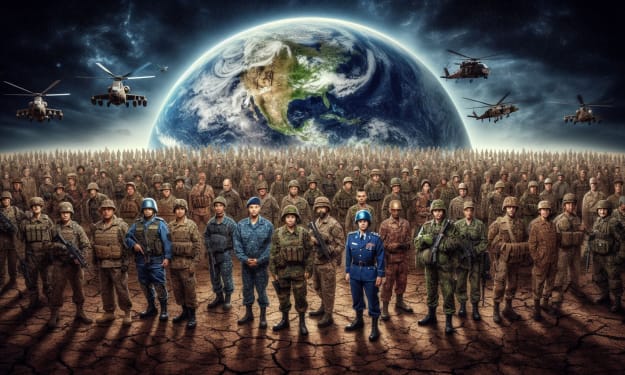Humankind Under Myths
How Human Community Is Ruled Through Fictions

Around seventy years ago, homo sapiens discovered fire and started eating cooked meal. This discovery, experts say, changed the very nature of homo sapiens. Before, they were hunter-gatherers and had long teeth and large intestines. However, the discovery of fire brought in them biological and psychological changes, hence they started living in groups and thus the first ever humankind community emerged. This change is dubbed as the cognitive revolution, following which process homo sapiens left the warmest areas of South Africa and set off towards the northern cold areas of the world. At the time, various humankind species existed, such as Neanderthals, Homo Ergaster, and Rudolfensis. But, given that homo sapiens had the upper hand on account of their rational abilities, they killed other species including big animals, such as mammoths, and erased them from the crust of the earth.
In the subsequent ages, around thirty thousand years ago, homo sapiens started cultivating and producing different vegetables and grains. Resultantly, they started living in stable communities, which paved the way for the inevitable agricultural revolution. This revolution – having occurred around twelve thousand years ago – brought not only surplus grains but also changed the very demography of human beings. Humankind thus increased to a considerable number and could not live in the inmate communities that they lived in before. Also, contrary to the farming life, hunting was easy and far more lucrative, but now that they had started living in stable communities due to farming and producing grains, going back to hunting seemed more of a vanity.
Living in communities increased the population with surplus production and brought about numerous problems, resultantly endangering the very existence of humankind. These problems mainly related to controlling the stability of human society abreast with saving humanity from humans itself, thereby necessitating some rules under which the larger goal of living together could be achieved efficiently. However, the difference between men and animals is that men can cooperate in larger numbers. At the individual level, man and chimpanzee might not differ in their approach to surviving a danger, though the latter might overhaul the former. But looking at the larger picture, chimpanzees cannot cooperate and will likely end up in a complete chaos.
Chimpanzees’ lack of ability to imagine fictions render them inferior to sapiens. On the other hand, sapiens – if we were to evaluate their social order – can create stories and stick to them. Thus, the social order of the larger group of the living organisms is based on imagined stories. This, to put in simple words, is called myth, based on the inter-subjectivity and an imagined reality upon which mankind has agreed to act – like currency that, despite being worthless piece of paper, is worthy of a very fine product. It is the trust that we have in the currency that makes it as useful as it is today. There is no objectivity; currency is a fictional story and every bank in the world will collapse if people withdraw their money at the same day since only ten percent of all the money in the world is tangible and the rest exists only in digits in computers.
The same holds for laws and constitutions. Human rights have no objectivity and are just fiction, a mere myth. If humankind was not bestowed with this ability to imagine or create fictions and myths, there would not have been any difference between it and chimpanzees. Since chimpanzees can only deal in objectivity, they can only communicate information but cannot imagine fictions. To understand this further, close to three thousand years ago, there was a king called Hammurabi, who had framed the laws according to which anybody who would kill the child of another person would be forced to sacrifice his son in retaliation. Understandably, these laws must have sounded genuine and objective to the general masses, which they observed throughout the Hammurabi reign. Setting the murderer free and killing an innocent child was pure justice to them. This was a myth in the shape of laws and constitution that the masses of the time wholeheartedly adored and obligated.

These and similar stories are fictitious, created for the sole purpose of living collectively. The ants and bees can also live collectively but they cannot innovate. They cannot bring about a revolution, discover anything about their past, and/or overthrow a government. It is us who live under mutual contracts to name it 'fictions' and 'myths'.
About the Creator
Usman Torwali
storyteller






Comments
There are no comments for this story
Be the first to respond and start the conversation.